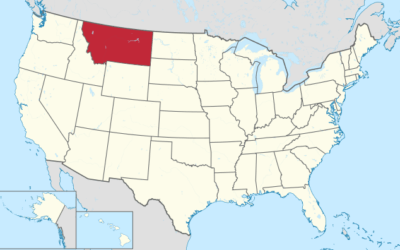Montana’s incarceration system faces significant challenges, with an alarming prison population rate of 758 per 100,000 residents. This rate surpasses any democratic nation and highlights systemic issues. Notably, indigenous people are overrepresented in Montana’s prisons, constituting a significant portion of those incarcerated. The state’s reliance on private facilities raises concerns about the prioritization of profit over justice. Addressing these issues is crucial for reform and improving outcomes for all affected by Montana ncarceration.
Rebecca S.
Post By Rebecca
Understanding Mississippi’s Mass Incarceration
Mississippi’s incarceration crisis is alarming, with the prison population expected to exceed 22,000 by 2023. Despite common beliefs, drug offenses account for only 18% of cases, highlighting the state’s harsh sentencing laws. Significant racial disparities persist, with Black residents facing nearly five times the imprisonment rate of white residents. The parole board’s low grant rates exacerbate the issue, urging Mississippi to reform its approach to incarceration and create a more equitable justice system.
Facts on Minnesota’s Incarceration Rates
Minnesota’s incarceration rate of 323 per 100,000 residents highlights a pressing issue. With 17,500 people currently incarcerated, the state faces a significant challenge. Beyond the numbers, Minnesota’s criminal justice system supervises 88,700 individuals on probation or parole, signaling a broader mass incarceration problem. Programs like the Healthy Start Act and the Prison Doula Project offer hope, especially for incarcerated women, aiming to address the complexities of Minnesota incarceration and improve public health outcomes.

